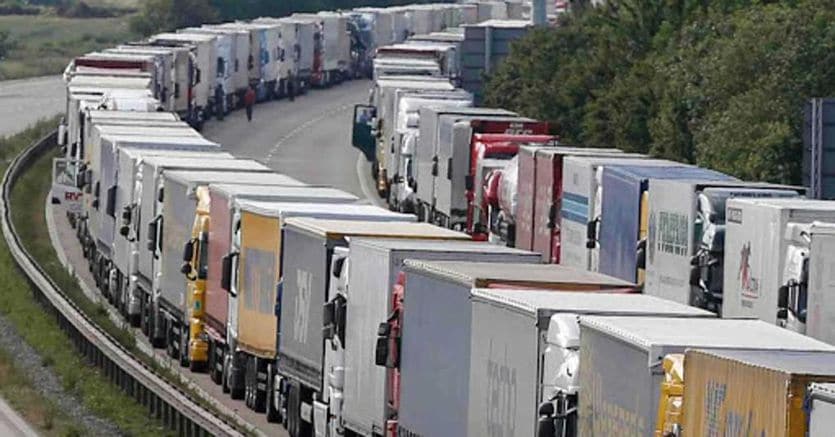Europe is restarting after the umpteenth wave of Covid. But Italy suffers from the limits to free movement of goods imposed by a geographical and political bottleneck: that of the Brenner pass. From here, along the Scandivano-Mediterrano axis, our goods exported throughout Europe (with Germany as the main recipient) pass, for a total exchange value of 170 billion euros. Which become 214 if we also include the value of exchanges with Poland, Slovakia and the Czech Republic.
A flurry of prohibitions
An interchange, however, put in serious difficulty by the decisions of the Tyrolean government which it has imposed since 2017 a series of prohibitions (heavy vehicle transit ban, sectoral transit ban, night transit ban) to the circulation of heavy vehicles which is seriously affecting operators in the sector. The product categories included in the Tyrolean bans are worth 63% of the total trade between Italy and the ScanMed countries, equal to an economic value of 136.6 billion euros. It should be noted that, from 1 January 2021, only Euro 6 vehicles are allowed in Austria. A serious problem for the fleets of Italian road haulage companies.
Loading…
For this reason, Unioncamere, with the Chambers of Commerce of Emilia Romagna, Lombardy, Trentino Alto Adige and Veneto, with the support of Uniontrasporti, produced the report “The Brenner and the transport policy across the Alps”, Presented to the Minister of Infrastructure and Sustainable Mobility, Enrico Giovannini.
Currently, the Brenner pass is affected by a quarter of transalpine freight traffic and retains its crucial transit and transport function for Europe. In 2019, 53.7 million tons of goods transited, three quarters of which by road and the remaining 26% by train. It is difficult at the moment to increase this more ecological form of freight transport, however, given that the current railway line has now reached a level of saturation close to 80% and that the future line, founded on the new Brenner base tunnel between Fortezza (Bolzano) and Innsbruck, will not be completed before 2028-2030. Among the reasons given by the Tyrolean government for triggering the sectoral bans for road transport across the Brenner Pass, there is the issue of environmental impact.
Spurious excuses
The analysis carried out by Uniontrasporti, however, shows that it is the A22 motorway in Italy that is the part of the Verona-Munich route that affects more urban areas (Rovereto, Trento, Bolzano and Bressanone). The A13, in Austrian territory, on the contrary, winds mainly in a mountainous area, touching a few inhabited centers, while the A12, in the section crossing Innsbruck, has been completely underground, minimizing any environmental impact. The traffic data released by the Austrian motorway concessionaire then show a growth in local traffic, in particular of heavy vehicles, demonstrating that the capacity left free by Italian and German trucks was soon occupied by Tyrolean vehicles.
